Filter by
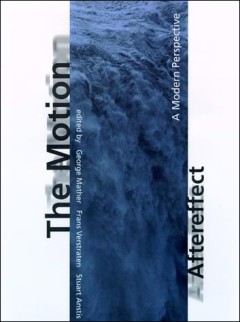
The motion aftereffect :a modern perspective
"A Bradford book."Motion perception lies at the heart of the scientific study of vision. The motion aftereffect (MAE), probably the best-known phenomenon in the study of visual illusions, is the appearance of directional movement of a stationary object or scene after the viewer has been exposed to visual motion in the opposite direction. For example, after one has looked at a waterfall for a pe…
- Edition
- -
- ISBN/ISSN
- 9780262279246
- Collation
- 1 online resource (xii, 220 pages) :illustrations
- Series Title
- -
- Call Number
- -
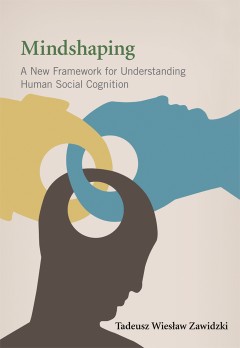
Mindshaping: A new framework for understanding human social cognition
"In this novel account of distinctively human social cognition, Tadeusz Zawidzki argues that the key distinction between human and nonhuman social cognition consists in our complex, diverse, and flexible capacities to shape each other's minds in ways that make them easier to interpret. Zawidzki proposes that such "mindshaping"--Which takes the form of capacities and practices such as sophistica…
- Edition
- -
- ISBN/ISSN
- 9780262313278
- Collation
- 1 online resource (xxiii, 317 pages)
- Series Title
- -
- Call Number
- -

Things and places :
Problems in linking representation and perceived things in the world are discussed in light of the role played by a preconceptual indexing mechanism that functions to identify, reidentify, and track objects.
- Edition
- -
- ISBN/ISSN
- -
- Collation
- 1 online resource (xiv, 255 pages) : illustrations.
- Series Title
- -
- Call Number
- -
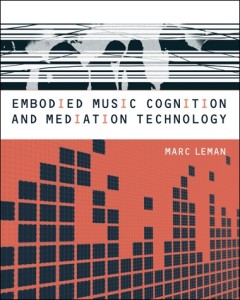
Embodied music cognition and mediation technology / Music Cognition and Media…
"Digital media handle music as encoded physical energy, but humans consider music in terms of beliefs, intentions, interpretations, experiences, evaluations, and significations. In this book, drawing on work in computer science, psychology, brain science, and musicology, Marc Leman proposes an embodied cognition approach to music research that will help bridge this gap. Assuming that the body p…
- Edition
- -
- ISBN/ISSN
- -
- Collation
- 1 online resource (xv, 297 pages) : illustrations, music
- Series Title
- -
- Call Number
- -

Music and probability / Music and Probability
Exploring the application of Bayesian probabilistic modeling techniques to musical issues, including the perception of key and meter.
- Edition
- -
- ISBN/ISSN
- -
- Collation
- 1 online resource (xi, 244 pages) :
- Series Title
- -
- Call Number
- -
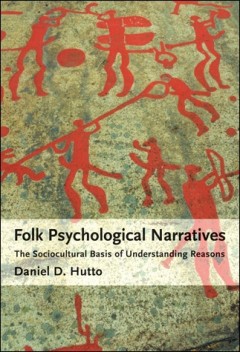
Folk psychological narratives The Sociocultural Basis of Understanding Reasons
An argument that challenges the dominant "theory theory" and simulation theory approaches to folk psychology by claiming that our everyday understanding of intentional actions done for reasons is acquired by exposure to and engaging in specific kinds of n.
- Edition
- -
- ISBN/ISSN
- -
- Collation
- 1 online resource (xvii, 402 pages)
- Series Title
- -
- Call Number
- -
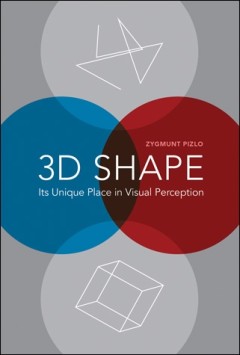
3D shape : Its Unique Place in Visual Perception
A new account of how we perceive the 3D shapes of objects and how to design machines that can see shapes the way we do.
- Edition
- -
- ISBN/ISSN
- -
- Collation
- 1 online resource (xiv, 278 pages) : illustrations
- Series Title
- -
- Call Number
- -
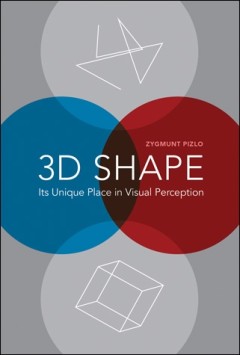
3D shape : Its Unique Place in Visual Perception
A new account of how we perceive the 3D shapes of objects and how to design machines that can see shapes the way we do.
- Edition
- -
- ISBN/ISSN
- -
- Collation
- 1 online resource (xiv, 278 pages) : illustrations
- Series Title
- -
- Call Number
- -
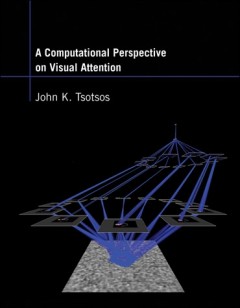
A computational perspective on visual attention
Although William James declared in 1890, "Everyone knows what attention is," today there are many different and sometimes opposing views on the subject. This fragmented theoretical landscape may be because most of the theories and models of attention offer explanations in natural language or in a pictorial manner rather than providing a quantitative and unambiguous statement of the theory. They…
- Edition
- -
- ISBN/ISSN
- 9780262295420
- Collation
- 1 online resource (xvi, 308 pages) :illustrations (some color)
- Series Title
- -
- Call Number
- -
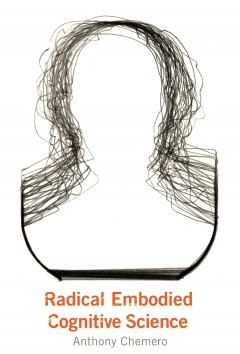
Radical embodied cognitive science
While philosophers of mind have been arguing over the status of mental representations in cognitive science, cognitive scientists have been quietly engaged in studying perception, action, and cognition without explaining them in terms of mental representation. In this book, Anthony Chemero describes this nonrepresentational approach (which he terms radical embodied cognitive science), puts it i…
- Edition
- -
- ISBN/ISSN
- 9780262258678
- Collation
- 1 online resource (xiv, 252 pages) :illustrations.
- Series Title
- -
- Call Number
- -
 Computer Science, Information & General Works
Computer Science, Information & General Works  Philosophy & Psychology
Philosophy & Psychology  Religion
Religion  Social Sciences
Social Sciences  Language
Language  Pure Science
Pure Science  Applied Sciences
Applied Sciences  Art & Recreation
Art & Recreation  Literature
Literature  History & Geography
History & Geography